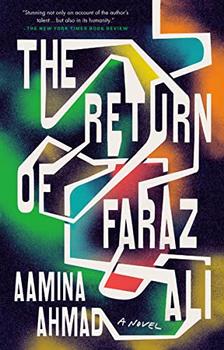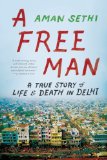Summary | Excerpt | Reading Guide | Reviews | Beyond the book | Read-Alikes | Genres & Themes | Author Bio

Selling Love and Saving Dreams in Pakistan's Ancient Pleasure District
by Louise BrownWith beautiful understatement, Louise Brown turns a novelist's eye on a true story that beggars the imagination - the lives of the 'dancing girls' of Lahore, Parkistan.
The dancing girls of Lahore inhabit the Diamond Market in the shadow of a
great mosque. The twenty-first century goes on outside the walls of this ancient
quarter but scarcely registers within. Though their trade can be described with
accuracy as prostitution, the dancing girls have an illustrious history: Beloved
by emperors and nawabs, their sophisticated art encompassed the best of Mughal
culture. The modern-day Bollywood aesthetic, with its love of gaudy spectacle,
music, and dance, is their distant legacy. But the life of the pampered
courtesan is not the one now being lived by Maha and her three girls. What they
do is forbidden by Islam, though tolerated; but they are gandi,
"unclean," and Maha's daughters, like her, are born into the business
and will not leave it.
Sociologist Louise Brown spent four years in the most intimate study of the
family life of a Lahori dancing girl. With beautiful understatement, she turns a
novelist's eye on a true story that beggars the imagination. Maha, a classically
trained dancer of exquisite grace, had her virginity sold to a powerful Arab
sheikh at the age of twelve; when her own daughter Nena comes of age and Maha
cannot bring in the money she once did, she faces a terrible decision as the
agents of the sheikh come calling once more.
I lost an entire afternoon to this book - I picked it up expecting to skim a few pages and found myself totally absorbed...continued
Full Review
 (348 words)
(348 words)
(Reviewed by BookBrowse Review Team).
Louise Brown is an academic at Birmingham University in England and the author of several books on Asia. She frequently returns to Lahore, Pakistan.

If you liked The Dancing Girls of Lahore, try these:

by Aamina Ahmad
Published 2023
Sent back to his birthplace - Lahore's notorious red-light district - to hush up the murder of a girl, a man finds himself in an unexpected reckoning with his past.

by Aman Sethi
Published 2013
In a time of global economic strain, this is an unforgettable evocation of persistence in the face of poverty in one of the world’s largest cities.